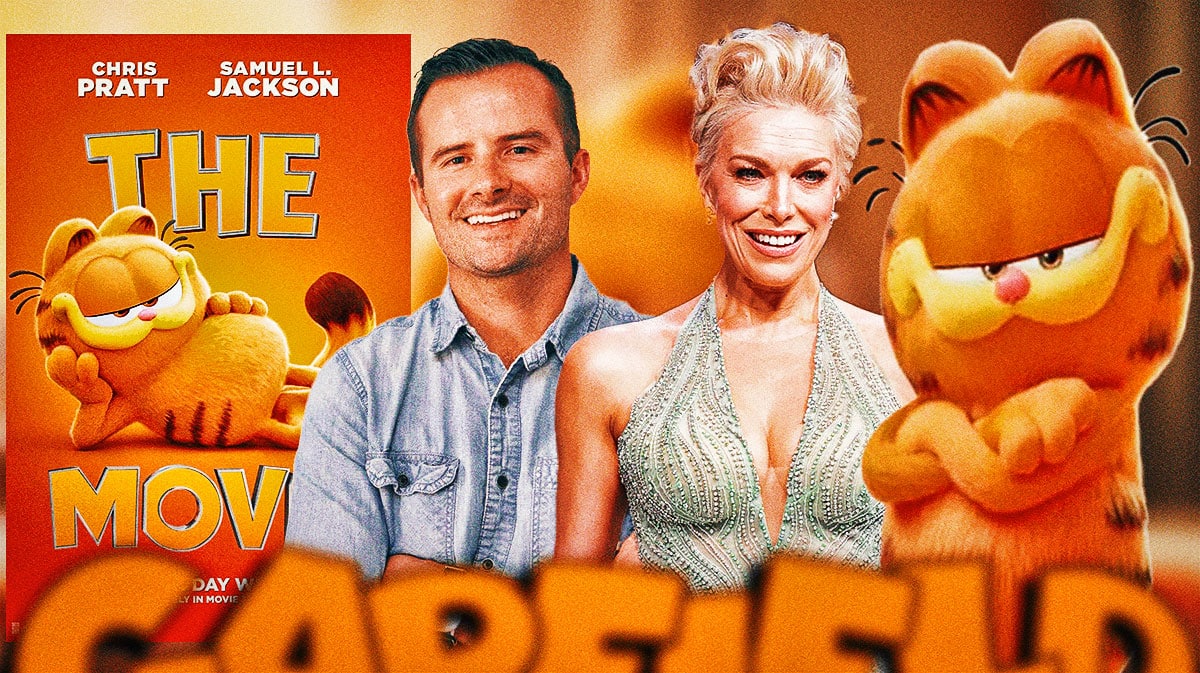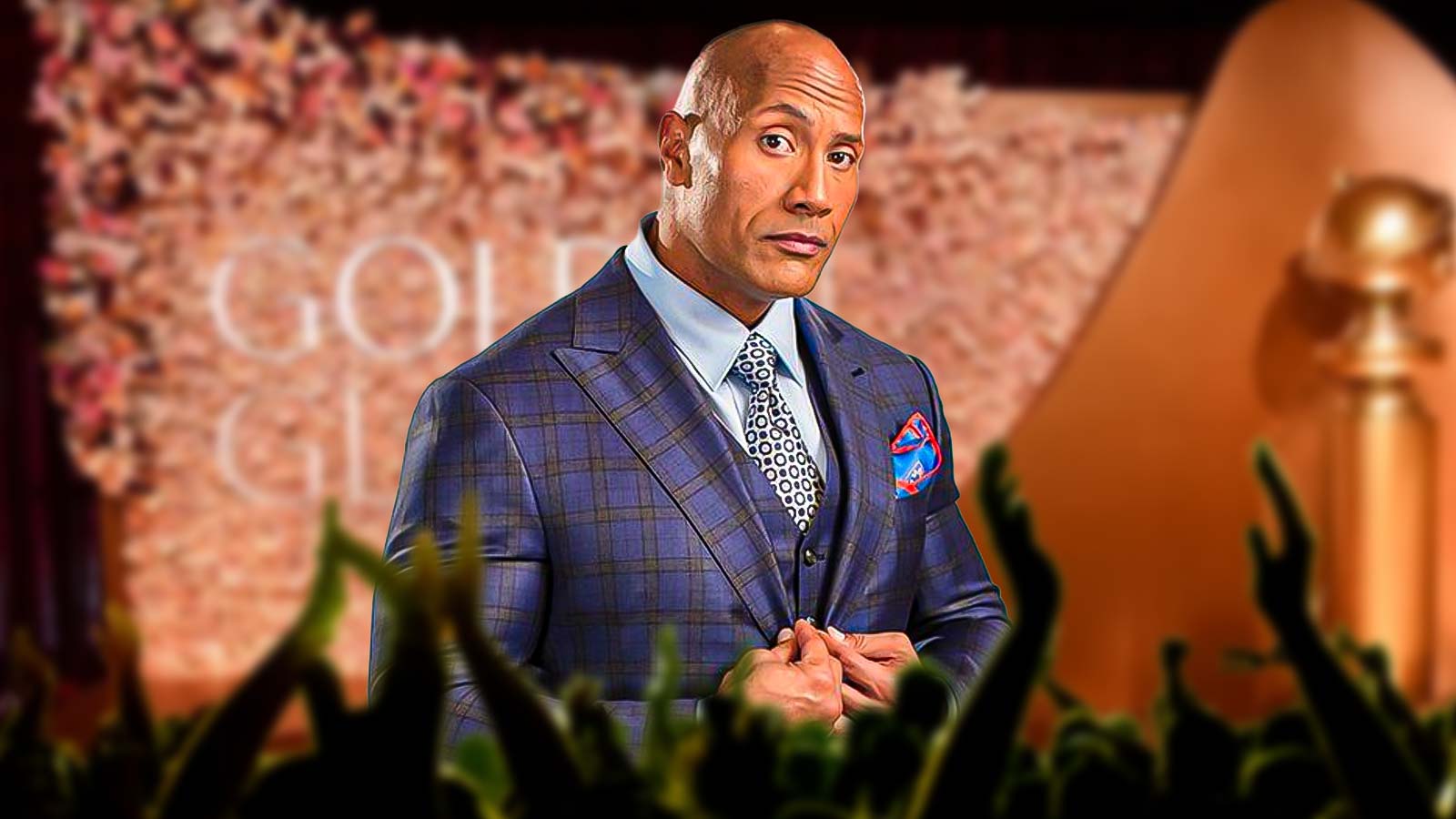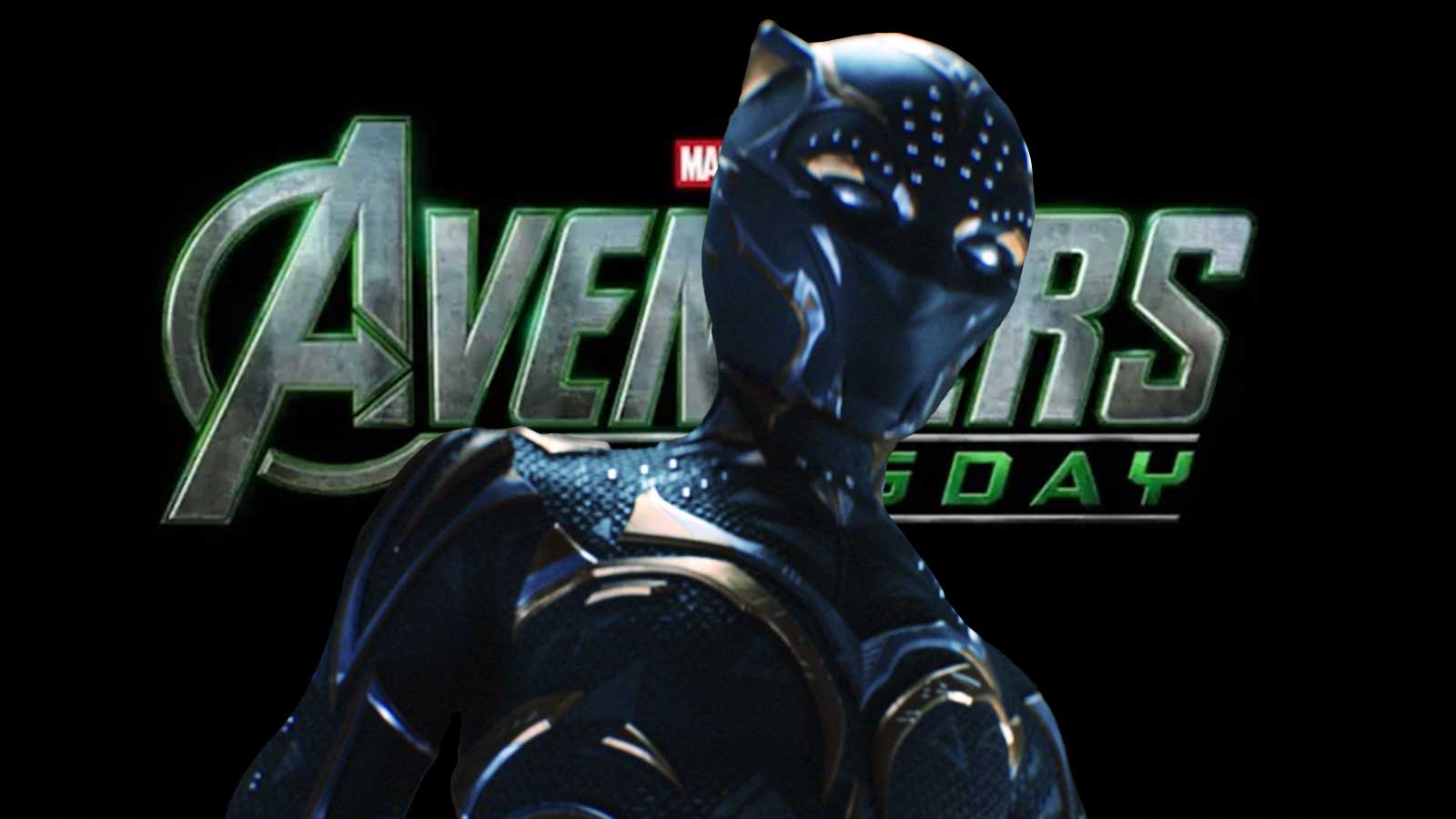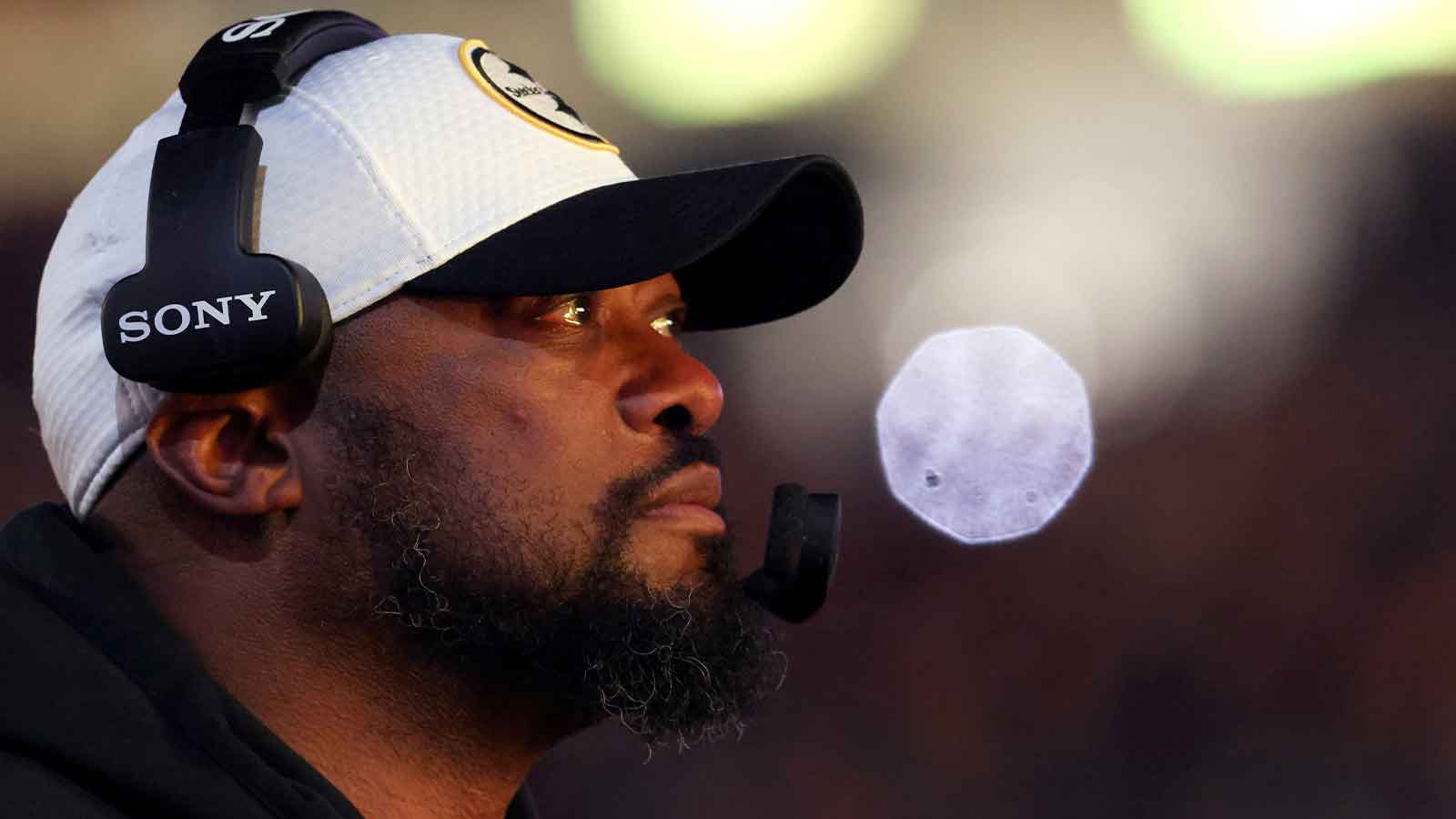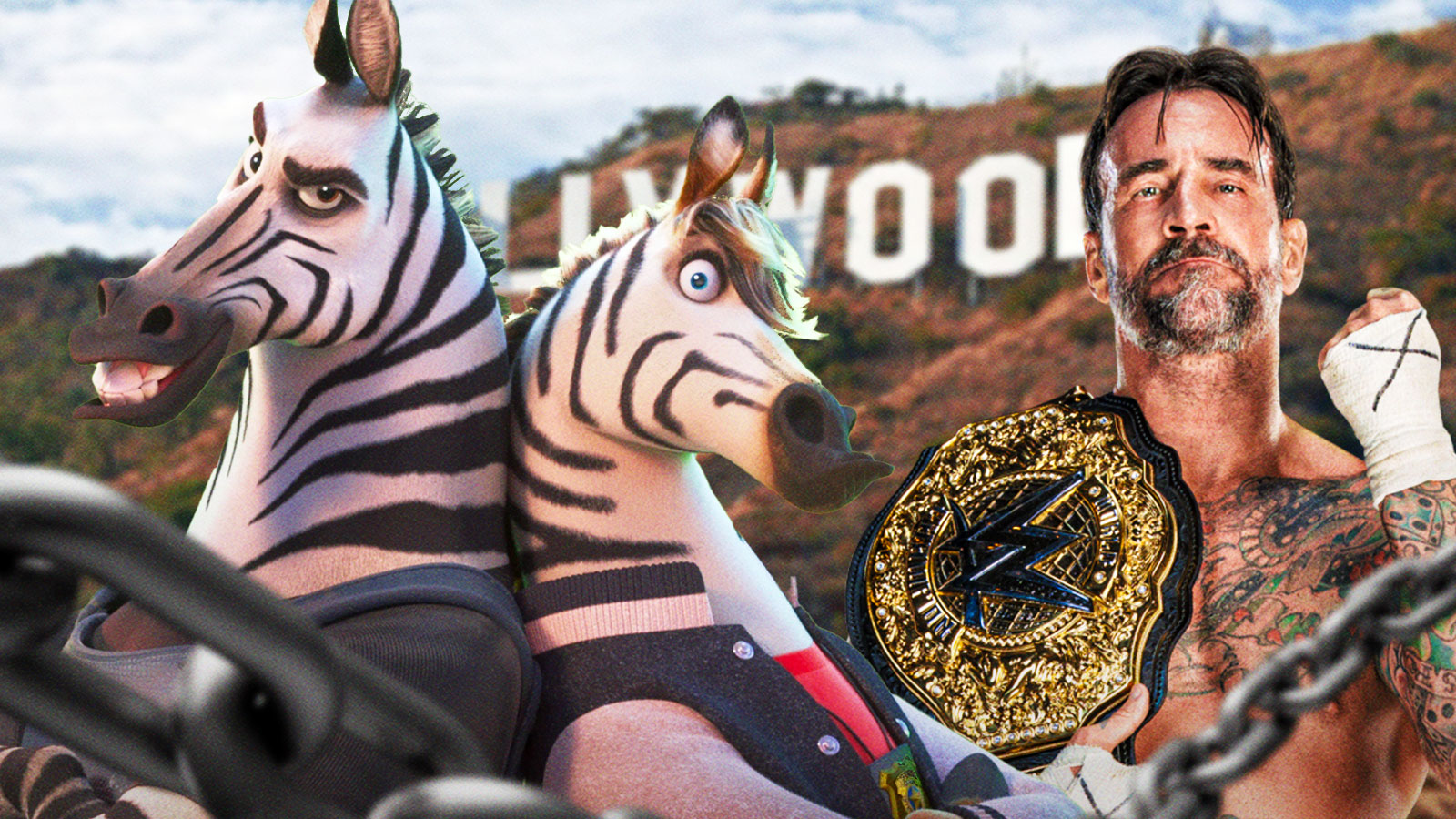The Garfield Movie features an A-list cast including Chris Pratt, Samuel L. Jackson, and Hannah Waddingham.
Full of vibrancy and comedic bits, The Garfield Movie is a fresh take on the character that brings it back to its roots. In the early 2000s, two live-action/animated hybrid films were made. However, the latest iteration of the character is fully CG.
Production designer Pete Oswald was a driving force behind the film. He helped create the designs of the characters and the film's overall aesthetic. Speaking to ClutchPoints after the film's release, Oswald took a deep dive into the development of the project.
In this interview, Oswald recalls his animation journey, making The Garfield Movie look “handmade,” and Hannah Waddingham's musical number that didn't make the final cut.
Getting started in animation
ClutchPoints: How did your animation career begin?
Pete Oswald: I've been an artist ever since I was little. My mom is an art teacher and would teach art lessons from our basement. So I grew up just creating, drawing, painting, and coming up with stories.
When I was graduating high school [I was] trying to figure out what I wanted to focus on in college. I grew up in Utah and I was far away from Hollywood, so I didn't really understand — I didn't really know what animation, what that whole world was.
Luckily, I had some teachers and a lot of people supporting me, it was like, “Oh, your drawings have a lot of movement to them. You should look at programs out here in Los Angeles.”
And I ended up going to Loyola Marymount University and studying animation. I just fell in love with it. Animation has all the different art forms come together.
You have obviously drawing, painting, storytelling, music, voice-acting — every kind of creative outlet you can think of, I think animation encompasses that. That's why I love it. And I've just been doing that since school.
CP: What were some of the earliest films you remember that stuck with you?
PO: My favorite one is still one of my favorite films today: 101 Dalmatians, the original one from Disney. I felt like it's one of those films that you can only get that style if you watch that film. And I just fell in love with the overall design and the story.
[Being] young [and] watching that, you don't realize that these are just drawings moving. It's a whole character, a whole universe coming to life. As I was going through my career and I was about to graduate college, The Incredibles came out by Pixar and I saw an “Art of” book which like just blew my brain.
I saw all these incredible artists and the visual development art that goes into making these films, which at the time I wasn't really aware of and I was like, Oh, this is what I want to do — I want to do this visual development that creates the look and the feel and the production design of these CG movies.
CP: I love those “Art of” books — they're so expensive, though.
PO: I probably have an unhealthy collection from a financial status. [smiles]
But I collect a lot of them. It's just endless amounts of inspiration because I don't think that the average person who watches these animated movies knows how much work and different iterations and how much art and design goes into creating these films.
Pete Oswald's responsibilities on The Garfield Movie
CP: I've spoken to production designers before, but I don't think on an animated project. So can you talk to me about your work on an animated project like The Garfield Movie and what that role entails?
PO: As a production designer, for example, on The Garfield Movie here, I'm one of the first artists brought onto the project. They have a script, so the directors and producers say, “Here's our script. What do these characters look like? What does this world look like?”
Animation is a little bit different than live-action [movies]. In live-action, you go out to a set and you can start filming, you [have] got everything — you got a background there and [can] start filming. With animation, you have to create everything from scratch, you know, props, backgrounds, characters, effects, every aspect you see on the screen is a decision.
I was brought on initially. And I read the script and I was [a] huge Garfield fan, so I was like, “Oh, this is so great.” As a production designer, I work really closely with the director and producer to figure out the overall visual language for the film and figuring out tonally, like, what are we doing.
With Garfield specifically, you know, Garfield has gone through all these different iterations from 1978 until now — it's still a syndicated comic strip and his look has evolved throughout the years. So we had to figure out like where are we focusing our attention and how are we going to design Garfield and his world around him?
So I start coming up with sketches and ideas and then I hire a crew and I work with the art department. And then I also work with DNEG, the studio that did all the animation. We would work a lot back and forth every day. We would set a look, and then we would give them a painting and say, “Okay, you guys build that texture. This is what we want to do.”
We'll give notes back and forth. So there's a lot of iteration and it's a huge team process.
CP: I think you said by the time you came on to the project, the script was already written. Was the decision to make a fully animated movie already made? I know they did a couple of movies already that were kind of hybrid, right?
PO: Exactly. Yeah, the early 2000 ones were kind of a hybrid live-action and CG.
From the very beginning, they knew they wanted this to be a 100 percent CG film and we wanted to pay homage to Jim Davis and the comic strip.
He's such an incredibly iconic and popular character. So from the very beginning, we knew that this was a fully CG-animated film.
Landing on the iconic look
CP: Did it feel like there was any pressure to kind of nail the look of somebody like Garfield who's so iconic, but like you said, has gone through a lot of iterations?
PO: He's an incredible pop culture icon. He globally transcends and is is so recognizable. So yeah, there was a lot of pressure and thought and ideas of going into this.
We did a lot of research. Me, being an '80s kid, I grew up reading the comic strips and watching the Saturday morning specials. And we went back and we kind of looked at Garfield's evolution and we kind of narrowed in on the mid '80s because that was where I kind of fell in love with him as a child, and two, it felt the most iconic just the way he looked — his feet weren't as big then.
And we just loved that feeling of him at that moment in time. So that became kind of our touchstone as far as design goes. And then we started building on that. We want to make sure that the characters, Garfield, Odie, and Jon, are immediately recognizable because they're coming from a 2-D comic strip with a black line and we had to build these characters in CG and still make them recognizable, but also create a new fresh look for this IP.
CP: I know you said the mid-80s was kind of your reference point for Garfield, but are there other things and ways you guys tried to differentiate yourself from other iterations, whether that is comics or specials or the previous two hybrid movies?
PO: For sure. The original comic strip is hand-drawn, right? Jim Davis and his team hand draws these comic strips, so we felt like making a handmade film was appropriate. We looked at a lot of stop-motion — if you notice, some of our textures in the movie are scaled up almost like a stop-motion film.
We wanted to really make it feel handmade that because this was a CG film, the computer has a way of making everything perfect and almost sterile. You almost have to work against that.
So we build in irregularities. For example, a ball in our world, we make it a little bit like hand-drawn, we make it a little bit lopsided, you know? Because we don't want [the world] to feel too clean and too perfect. We want it to feel handmade and almost the idea that if you're a miniature on a set, you want to jump into that set.
We looked at View-Masters. I don't know if you remember these [holds up his Garfield Movie View-Master] from back in the day, these were really popular back in the '70s and '80s, and they had really cool little still images of movies. Hanna-Barbera did some really cool ones where they're like stop motion and there's parallax. There's just this 3-D world that we wanted to emulate.
Which was really cool because we thought about different textures and like, How do we portray that in a CG world? So we ended up enlarging a lot of things, making lines less parallel.
Like a doorway, we didn't want to make it too perfect. We skewed the lines a bit just to make it we really wanted to make it believable and not necessarily realistic, if that makes that makes sense.
On Chris Pratt's Garfield, Samuel L. Jackson
CP: A lot's been made of Chris Pratt, who voices Garfield in the movie. He's done a lot of voice-acting work like Mario last year, and he did The Lego Movie. But what different in your estimation with his performance here?
PO: I think Chris Pratt has this way to connect with humans on any level, which in his performance really comes out because in my opinion, you know, Garfield is this lazy house cat. It's kind of cheesy, but it's so true, [but] there's a Garfield in all of us, right?
I think there's this idea [that like] this character, we want to be comfortable, stay in our comfort zone and eat comfort food and be in cozy places. And then having Chris Pratt do this voice, which is really just his voice, and we looked at his character from Parks and Recreation.
That a lot of that was some of the voice direction of having him play himself. He was really authentic, and then he's got incredible comedic timing. In every iteration of Garfield, [he] always had this wit and sarcasm to him. And I think Chris just nailed that. [He] brought it to another level, making it relatable, funny, and having [a] great texture to his voice.
CP: Do you have any other favorite castings in the movie? Because of course, Samuel L. Jackson is in the movie, and you have a lot of people in this movie, not just Chris.
PO: I love Samuel Jackson's performance because Vic was, is a brand new character that we created. Garfield and Vic were such a contrast, but then they were father [and] son so we needed to make them both contrast but yet have similarities.
Garfield is more round and Vic is more square in their overall shape And so I think the voices really emphasized their contrast. But then the two of them, Samuel L. Jackson and Chris Pratt, are just so hilarious.
I love Hannah Waddingham's performance [as] Jinx. She was the villain — she can sing [and] she's so threatening as a villain, but a funny, comedic villain. She had a lot of depth to it.
Even though Odie doesn't say anything. I just love that character. Odie, to me, is one of my favorites.
A “great” cut musical number
CP: With animated movies, you only get 90 to 100 minutes, depending on the movie. It's not a lot of time and you have to cram in a lot. Was there anything left on the cutting room floor that you'd like to see in a sequel?
PO: There's always [stuff cut] throughout the process. I mean, I worked on this for over four years and I know Mark [Dindal] was on it longer. It goes through many iterations, the whole film, so there's constantly things getting cut or added or put back in.
There's a song, we had a whole sequence, a backstory [for] Jinx and Hannah Waddingham performed this great song. We created this song and it [was] cut from the film. But the song and all the animation was so good.
They ended up keeping the song — it's [in] the end credits, but that was one sequence where I was like, “Oh my gosh, it was so great.”
It's hard. Like you said, it's hard to put everything into a 90-minute film. And there [are] so many other things that I think that got cut that are just great.
But you can't have it all.
CP: Looking at your filmography and things you've worked on, a lot of those movies played a big part of my childhood, you know, and I think that's the coolest thing to get to interview people. You've done movies like like Madagascar, Hotel Transylvania, and Angry Birds. Are there any other properties that you would love to be involved with, whether it's because of reasons like Garfield where you grew up on, or maybe a newer franchise that has caught your attention?
PO: I mean, there's so many good stuff right out right now. I'm focusing on some of my own books — I also write and illustrate children's books. There are a few children's books that I'm concentrating on turning from books to a TV series or a film.
I'm hoping to focus on some of my own projects in the future, which would be incredible.
CP: How hard is it to get your books adapted?
PO: It's incredibly hard. I mean, I have yet to do it, so, it's difficult.
It all starts with character and you need to build that following, whether it first comes [from the] books. Then studios will see [that] this has potential to expand into the TV or the film space. But it all starts with character and coming up with creative ideas. But yeah, it's a tough thing to do.
The Garfield Movie is in theaters.

